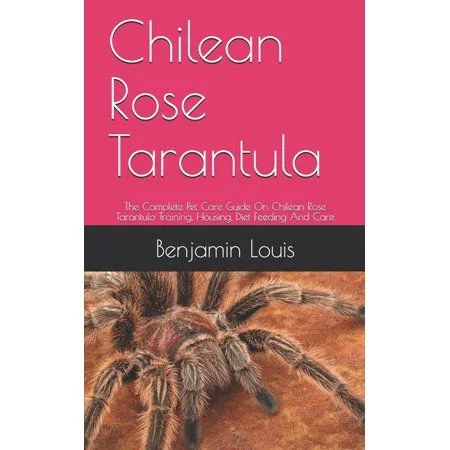Chilean Rose Tarantula Diet Top 7 Facts
The Chilean rose tarantula (Grammostola rosea) is a popular pet due to its docile nature and relatively low-maintenance care requirements. One of the most important aspects of caring for these fascinating creatures is understanding their dietary needs. Providing the right food in the correct amounts is crucial for their health, growth, and overall well-being. This guide will delve into the top 7 facts about the Chilean rose tarantula’s diet, ensuring you have all the information you need to keep your pet thriving. Let’s explore the specifics of their diet, including the best foods, feeding frequency, and potential pitfalls to avoid.
The Natural Diet of Chilean Rose Tarantulas
What Chilean Rose Tarantulas Eat in the Wild
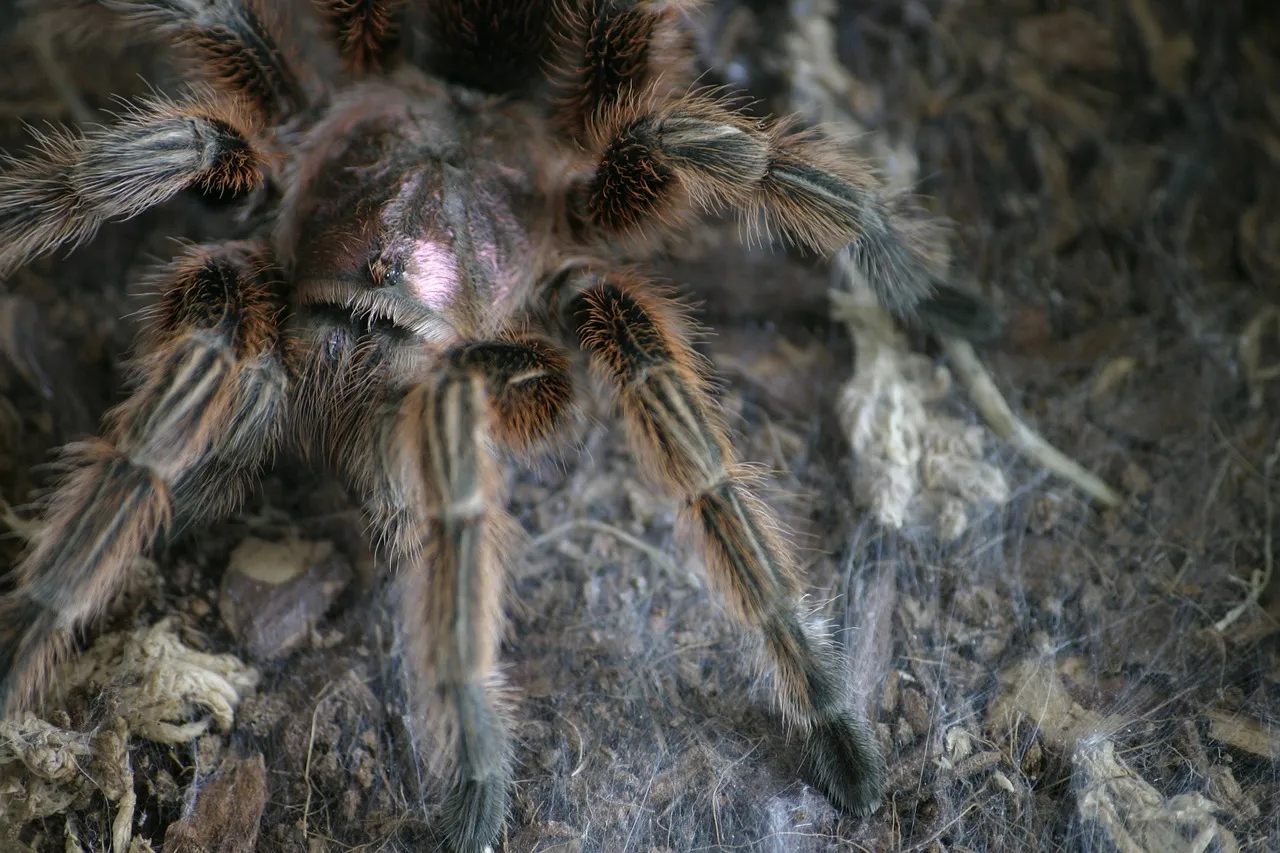
In their natural habitat, Chilean rose tarantulas are opportunistic predators. Their diet primarily consists of insects, but they may also consume other small invertebrates they encounter. This diet varies depending on availability, as they are adept at catching whatever is accessible in their surroundings. Understanding their natural feeding habits is important for replicating a suitable diet in captivity.
Factors Influencing Diet in the Wild
Several factors influence the diet of Chilean rose tarantulas in the wild. These include the season, the availability of prey, and the tarantula’s age and size. During warmer months, prey is more abundant, and tarantulas may feed more frequently. Younger tarantulas require more frequent meals to support their growth, while adults can survive for extended periods without food. Environmental conditions play a vital role in prey availability.
Top 7 Foods for Captive Chilean Rose Tarantulas
When it comes to feeding your Chilean rose tarantula in captivity, providing a varied and nutritious diet is key to their health and longevity. The following are the top 7 food items that are safe and readily available:
Crickets as a Staple Food
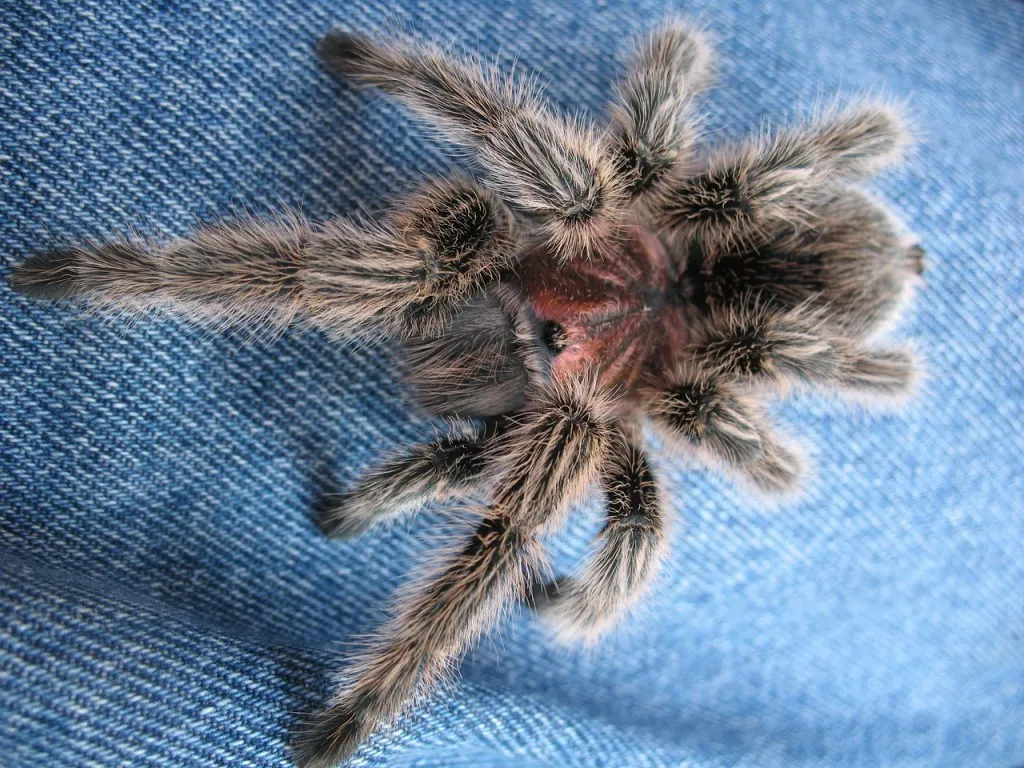
Crickets are a staple food for Chilean rose tarantulas, providing essential protein and nutrients. They are relatively easy to obtain and are readily accepted by most tarantulas. Crickets should be gut-loaded before feeding to the tarantula, which means feeding the crickets nutritious food so the tarantula gets the benefits.
Benefits of Crickets
Crickets offer a convenient and nutritious food source. They are generally readily available, easy to handle, and can be purchased from most pet stores that carry reptile and invertebrate supplies. They provide a good balance of protein and other essential nutrients. Ensure the crickets are disease-free and pesticide-free to avoid harming your tarantula.
Feeding Crickets to Your Tarantula
To feed your tarantula crickets, place a few crickets into the enclosure. It’s often best to remove any uneaten crickets within 24 hours to prevent them from stressing the tarantula. The number of crickets depends on the tarantula’s size; juveniles require smaller, more frequent meals, while adults can eat larger crickets less often. Always provide fresh water.
Mealworms for Nutritional Variety
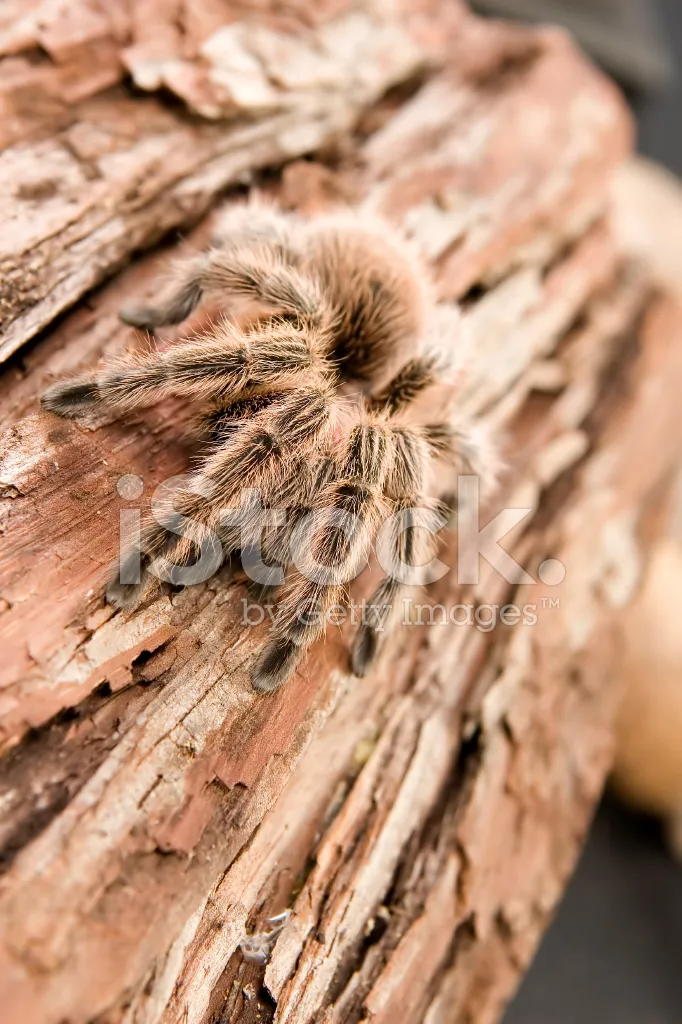
Mealworms provide another excellent food source for Chilean rose tarantulas. They are easy to store and feed, adding variety to the tarantula’s diet. While a good source of nutrients, they are not as nutritionally complete as crickets and should be part of a varied diet.
Nutritional Value of Mealworms
Mealworms are high in protein and fat but lower in certain other nutrients compared to crickets. They can be a good supplement but shouldn’t be the sole source of food. Mealworms should also be gut-loaded for added nutritional value. This ensures that the tarantula receives a wider range of essential nutrients.
Feeding Mealworms to Your Tarantula
Mealworms can be offered in a similar manner to crickets. You can either place a few mealworms directly into the enclosure or use a shallow dish to prevent them from burrowing. As with crickets, remove any uneaten mealworms within 24 hours. Adjust the quantity based on the tarantula’s size and appetite.
Roaches as a Dietary Option
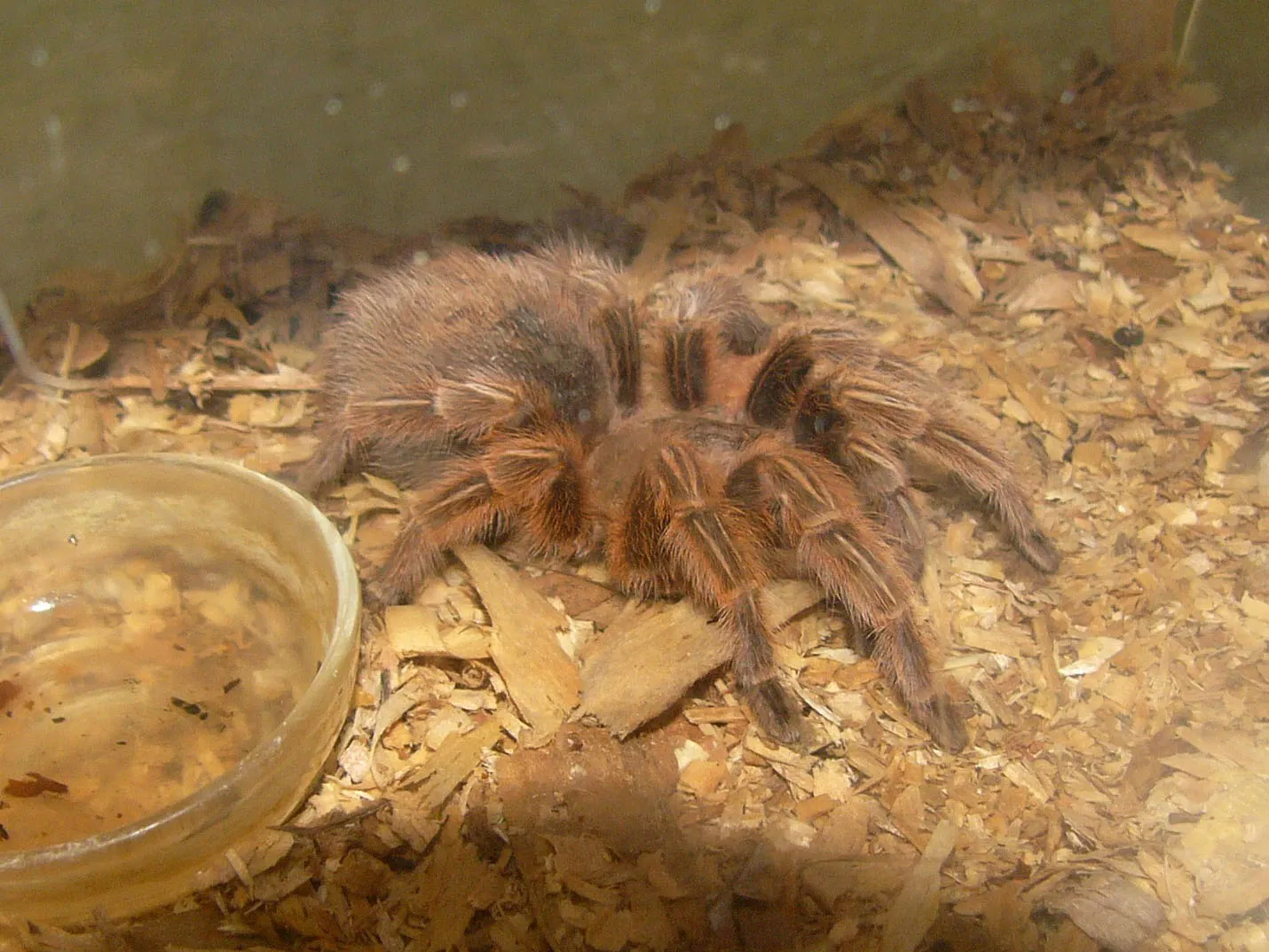
Roaches, such as Dubia roaches, are another excellent food source known for their high nutritional value. They are relatively easy to breed and are a healthier option for your tarantula than some other feeder insects.
Pros and Cons of Using Roaches
Roaches are high in protein and other essential nutrients, making them an ideal food. However, some people are hesitant about using them due to their association with pests. Dubia roaches, in particular, are clean and do not readily escape. Ensure you have a secure enclosure for both your tarantula and the roaches.
Safe Handling of Roaches
When handling roaches, it’s important to be careful. Use tongs to pick them up and place them in the tarantula’s enclosure. Be sure to source roaches from a reputable supplier to ensure they are disease-free and raised under hygienic conditions. This will help keep your tarantula healthy.
Other Acceptable Food Items
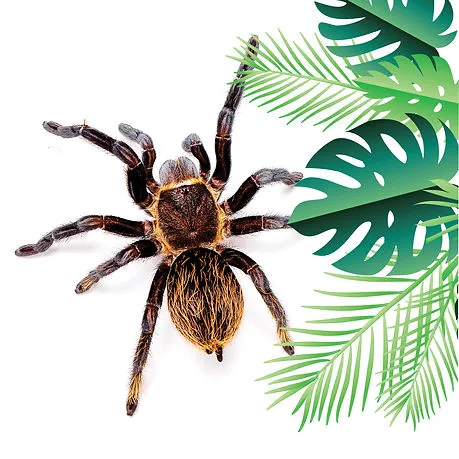
In addition to crickets, mealworms, and roaches, there are other acceptable food items that can be offered to your Chilean rose tarantula, providing dietary variety and ensuring optimal health.
Waxworms and Their Role
Waxworms are high in fat and should be offered sparingly as a treat. They can be useful to encourage feeding in a tarantula that is refusing other foods. However, overfeeding waxworms can lead to an overweight tarantula, potentially affecting its health.
Occasional Pinky Mice
Pinky mice (newborn mice) can be offered to adult tarantulas occasionally, but they are not a necessary part of the diet. They provide a good source of protein and nutrients, but excessive feeding can cause health issues. Offer them no more than once or twice a year.
Frequency and Amount of Feeding
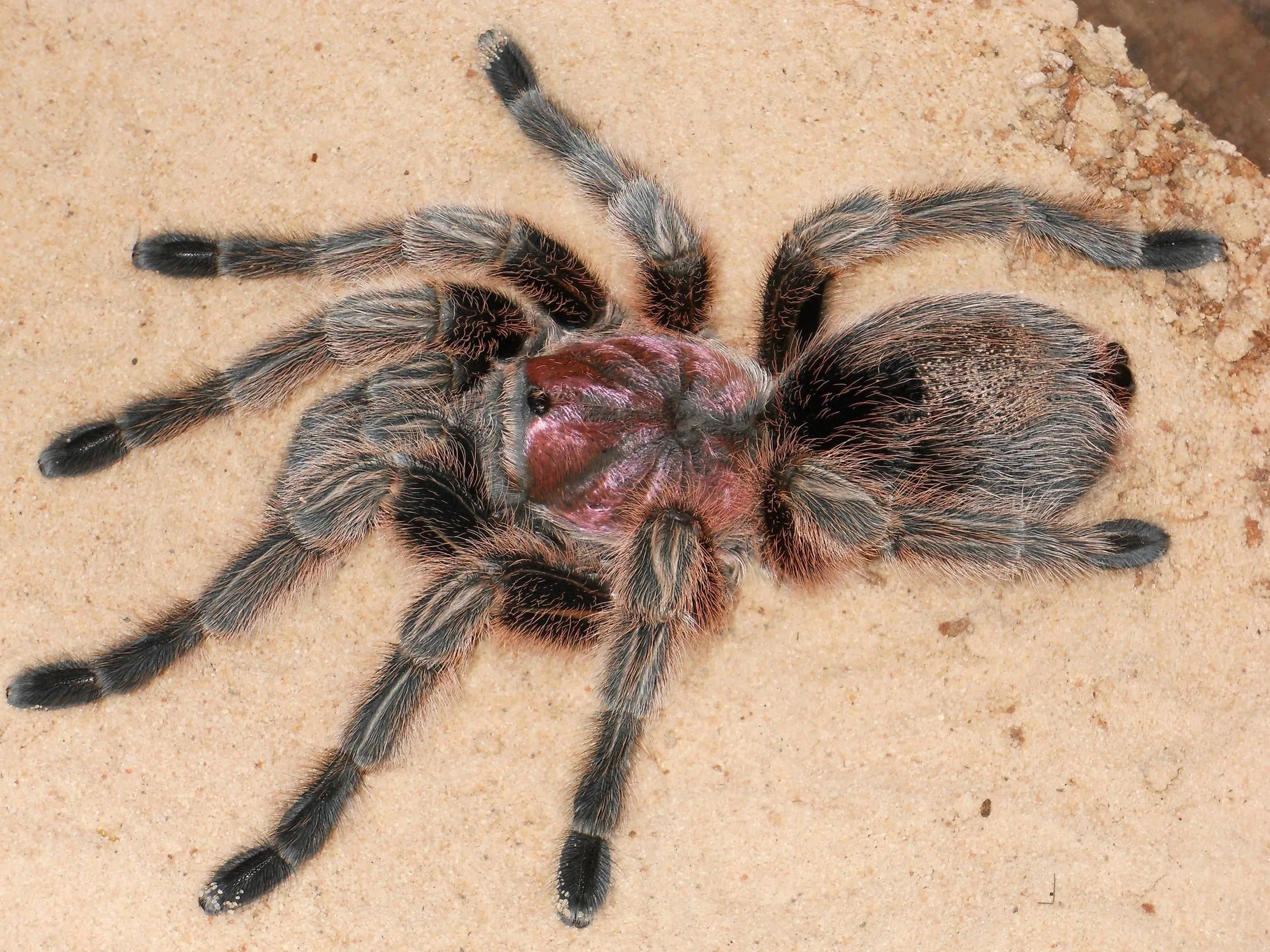
The frequency and amount of feeding depend on the tarantula’s age and size. Juveniles require more frequent meals to support their growth, while adults have slower metabolisms and need to eat less often. Overfeeding and underfeeding can both lead to health problems, so it’s essential to find a balance.
Feeding Schedule for Juveniles
Juvenile Chilean rose tarantulas should be fed more frequently than adults, typically every other day or every three days. The size of the prey should be proportionate to the tarantula’s size. Crickets or mealworms that are about the same size as the tarantula’s abdomen are ideal. Be sure to remove uneaten prey after 24 hours.
Feeding Schedule for Adults
Adult Chilean rose tarantulas can be fed less frequently, typically once a week or even less often. Their slower metabolism means they don’t require as much food. The size of the prey can be increased to larger crickets, mealworms, or even a small roach. Monitor the tarantula’s abdomen to gauge whether it is overfed or underweight.
Signs of Overfeeding and Underfeeding
Overfeeding can lead to a tarantula that is sluggish and less active, potentially shortening its lifespan. An underfed tarantula may have a shrunken abdomen and display less energy. Observing your tarantula’s behavior and physical condition is key to ensuring a balanced diet. Adjust the feeding frequency accordingly based on these observations.
Supplements and Dietary Considerations
In addition to providing a balanced diet, there are other considerations to ensure your Chilean rose tarantula’s health and well-being. Proper hydration and, in some cases, supplements, can play a vital role in its overall health.
Importance of Hydration
Tarantulas need a constant supply of fresh water. Dehydration can be a serious issue. Provide a shallow water dish in the enclosure. Regularly check and refill the water dish to ensure the tarantula always has access to fresh, clean water. This is crucial for their health.
Providing Fresh Water
The water dish should be shallow to prevent the tarantula from drowning. Change the water frequently to prevent the buildup of bacteria. Use distilled or dechlorinated water to avoid introducing harmful chemicals. This ensures the water is safe and healthy for your pet.
Calcium and Vitamin Supplements
While a varied diet generally provides the necessary nutrients, some keepers supplement their tarantulas’ diets with calcium and vitamins. This is especially true if feeding a diet that consists mostly of one type of feeder insect.
When to Consider Supplements
Calcium and vitamin supplements can be used, especially if the diet lacks variety. You can dust the feeder insects with a calcium and vitamin powder before feeding them to your tarantula. However, over-supplementing can be harmful, so follow the manufacturer’s instructions or consult with a veterinarian experienced with arachnids.
Avoiding Common Dietary Mistakes
There are several common mistakes that keepers should avoid when feeding their Chilean rose tarantulas. Avoiding these pitfalls will greatly enhance your pet’s well-being and lifespan.
Offering Prey Too Large
Avoid offering prey that is too large for your tarantula. A tarantula may refuse to eat prey that is too big, and in the worst-case scenario, it can injure or stress the tarantula. Always match the prey size to the tarantula’s abdomen size for safe feeding. Over time, it could lead to injury or death.
Using Pesticide-Contaminated Prey
Never feed your tarantula insects that may have been exposed to pesticides. Pesticides can be toxic to tarantulas and can cause serious health problems or even death. Always source feeder insects from reputable suppliers who guarantee their insects are pesticide-free. You can even raise the feeder insects yourself for greater control.
Ignoring Molting Cycles
Tarantulas do not eat when they are about to molt. During this time, their appetite decreases, and they may become reclusive. Do not force-feed your tarantula during a molt, as it can stress the animal and interfere with the process. If your tarantula is in pre-molt, it might be best to remove any live prey from the enclosure to prevent the tarantula from being disturbed.
Conclusion
Understanding the dietary needs of your Chilean rose tarantula is essential for its health and happiness. By providing a varied diet of appropriate prey items, ensuring access to fresh water, and avoiding common mistakes, you can create a thriving environment for your pet. Remember to observe your tarantula’s behavior and adjust the feeding schedule accordingly. With proper care and attention to its diet, your Chilean rose tarantula can live a long and healthy life. Always prioritize your tarantula’s health and well-being, and don’t hesitate to seek advice from experienced keepers or a veterinarian specializing in exotic animals if you have any concerns.
